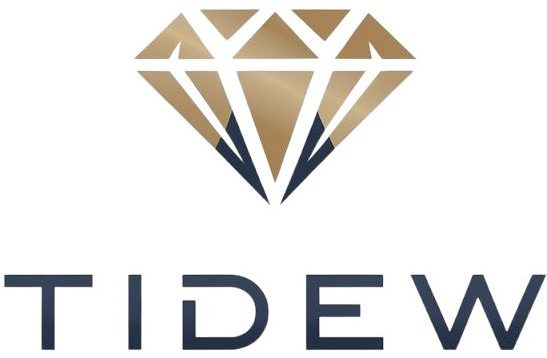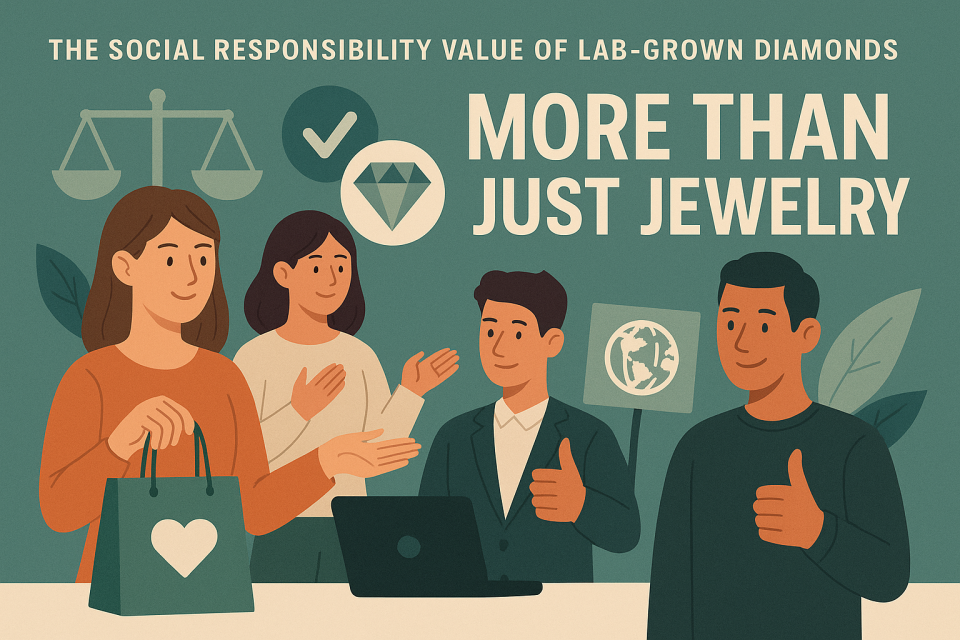Consumer behavior is shifting toward ethical and sustainable choices. People are not just looking for beautiful jewelry; they also want to know the story behind it. Lab-grown diamonds represent elegance and brilliance while embodying social responsibility and environmental consciousness.
The Blood Diamond Issue and Consumer Concerns
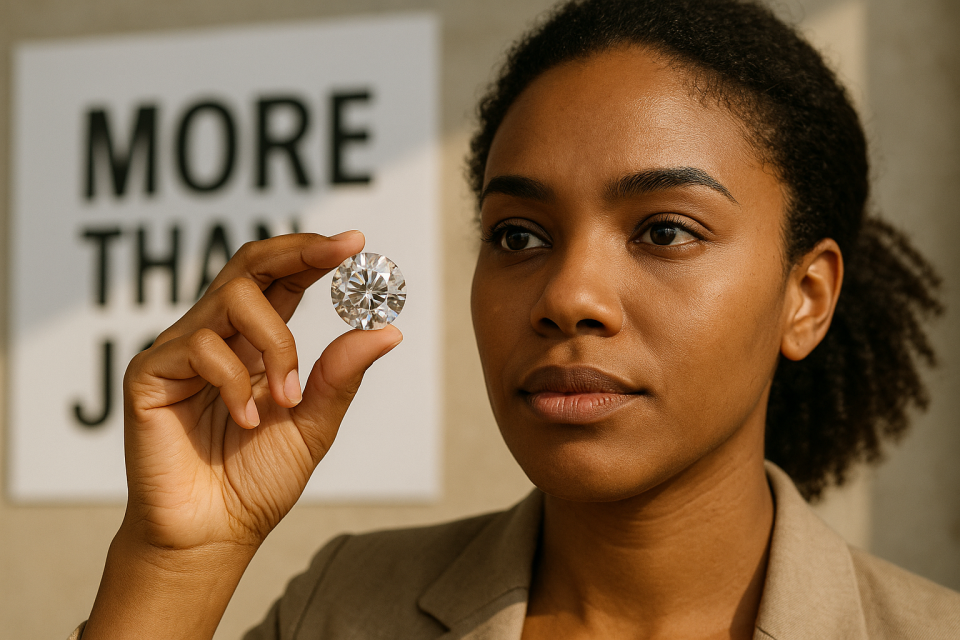
Blood diamonds, also known as conflict diamonds, are mined in war zones and sold to finance armed conflict, often involving severe human rights abuses. These diamonds have long symbolized the dark side of the jewelry industry, including exploitation and violence in diamond-producing regions.
Consumers, especially Millennials and Gen Z, increasingly demand transparency, fair labor practices, and environmentally friendly solutions. Jewelry buyers are no longer satisfied with just a beautiful gem—they want to ensure it has a clean origin.
The Ethical Advantages of Lab-Grown Diamonds
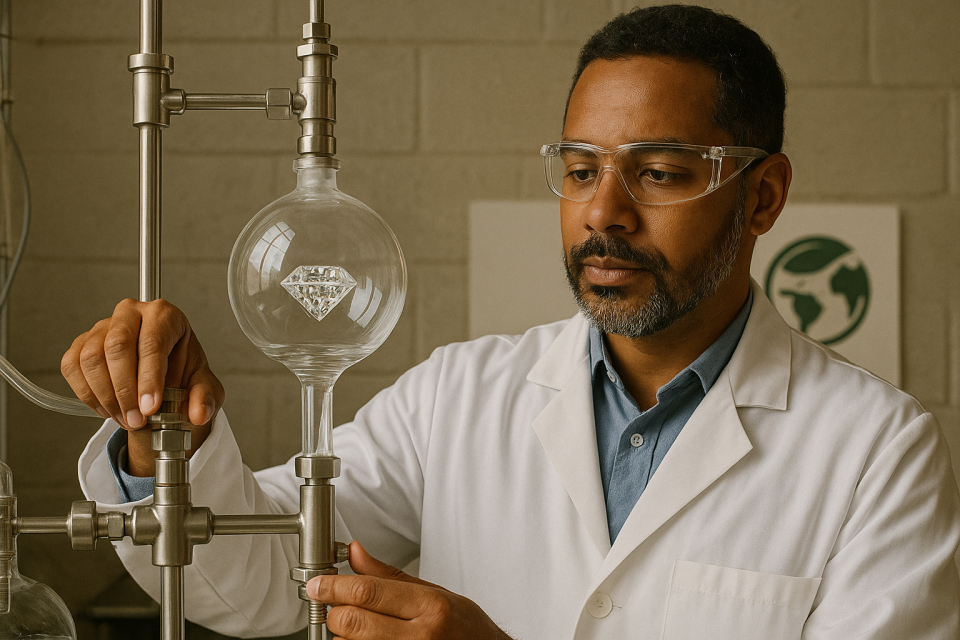
Conflict-Free Origin: Lab-grown diamonds are created in controlled laboratory environments, ensuring that no human exploitation or conflict is involved in their production.
Environmental Benefits: Mining diamonds often leads to deforestation, soil erosion, and ecosystem destruction. Lab-grown diamonds require fewer natural resources, reducing environmental impact.
Fair Pricing: Lab-grown diamonds typically cost 30–40% less than mined diamonds, making ethical luxury accessible to more people.
How Brands Use Social Responsibility to Build Their Image
Brands embracing lab-grown diamonds prioritize transparent sourcing and openly share their production methods. Certifications such as SCS Global Services validate their sustainability efforts and help consumers feel confident about their purchase decisions.
Marketing with purpose, from eco-friendly packaging to community programs, allows jewelry brands to stand out in an increasingly competitive market.
How Consumers Influence the Industry
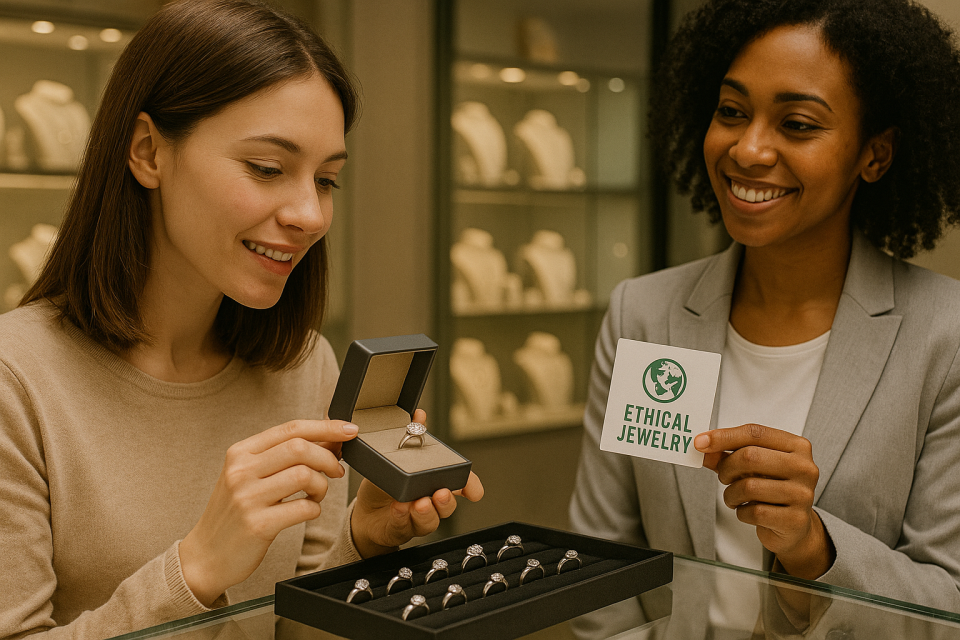
The Power of Ethical Purchasing: Every purchase is a vote for the kind of world we want to live in. By choosing lab-grown diamonds, consumers support ethical practices and environmental stewardship.
Reducing Conflict Diamonds: Choosing lab-grown diamonds reduces market demand for conflict diamonds, pushing the industry toward responsible methods.
Case Studies: The rise of ethical jewelry brands proves that consumer demand for transparency and sustainability works.
Future Trends in Ethical Consumption
Young Consumers: Millennials and Gen Z buyers are leading the movement toward sustainable luxury, valuing ethics and social impact over status symbols.
Technology for Transparency: Blockchain and traceability solutions are emerging as key tools to ensure supply chain integrity.
Social Responsibility as a Standard: In the future, being socially responsible will become a requirement for luxury brands, with lab-grown diamonds poised to set the standard.
Lab-grown diamonds represent more than beauty—they embody a commitment to social responsibility and ethical consumption. By choosing them, consumers contribute to a better future while still celebrating love and elegance.
